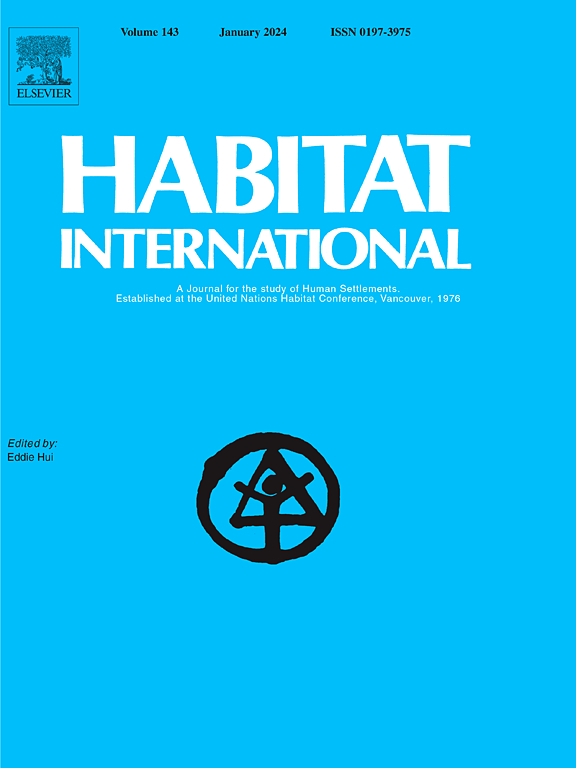Breathing space in a compact city: Impacts of urban re-densification on Mumbai's low-income housing environment
Abstract
Redevelopment of low-income settlements by re-densifying cities is a common approach in the Global South to improve living conditions and tackle the housing shortage. However, the effectiveness of the housing design in redevelopment schemes remains to be questioned. This study evaluates a proposed design of a slum redevelopment project in Mumbai, India, by comparing the environmental performance of three design schemes: the existing low-income housing, the redevelopment scheme proposed by the local government and a hypothetical design (modified scheme) that aligns with positive environmental outcomes identified in the current literature. The environmental factors such as the natural airflow, incident solar radiation and daylighting parameters were assessed by computational simulations and validated by a wind tunnel experiment. These factors were associated with direct and indirect density metrics of the three design schemes to inform better policymaking for slum redevelopment projects that seek to re-densify housing for the urban poor. The results indicated that the design performance of the redeveloped scheme is less preferable due to the unclean indoor air and inadequate daylighting conditions requiring large-scale demolition of the existing buildings. The modified plan requires minimal demolishment and demonstrates relatively better environmental performance. The study revealed that indirect density measures - building geometry factors and urban form parameters - are essential in affecting the ecological performance of housing. Considering these factors in design standards and policymaking for high-density redevelopment schemes can enable the “Goldilocks density” that significantly improves the quality of living while densifying the cities.

 求助内容:
求助内容: 应助结果提醒方式:
应助结果提醒方式:


